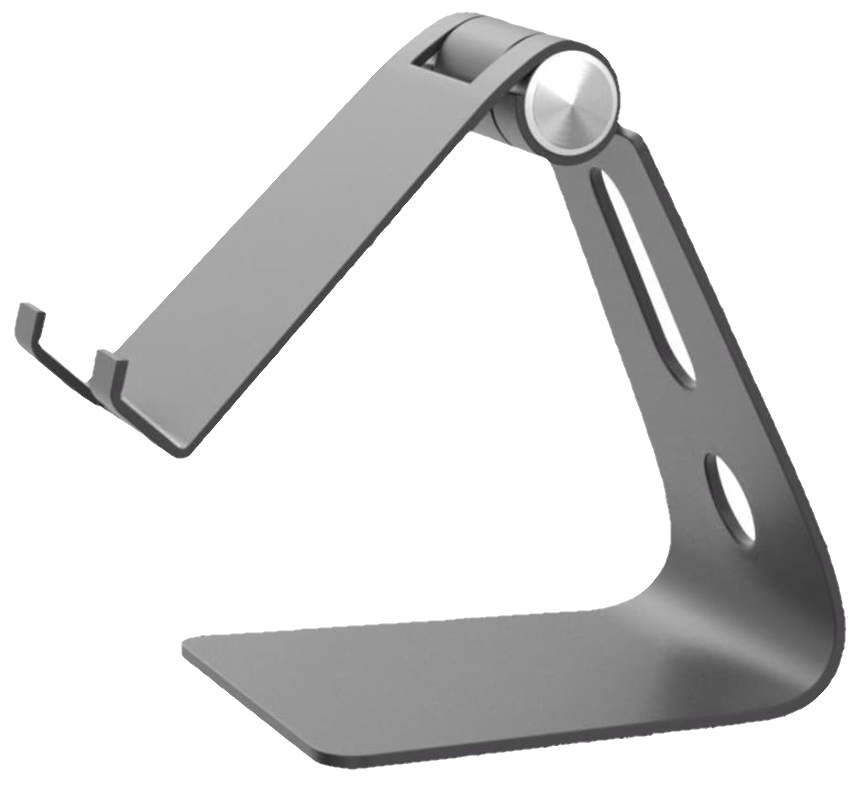Calculating profits and losses from a mathematical perspective is trivial, just subtract all things sold to all things bought. The remainder is your profit. That's pretty much how mom-and-pop retail works.
In future markets tough, people may get confused as you'll have open positions, which in retail would translate to inventory, that may not have been bought yet (if you're short selling).

Say you're trading in Mini S&P Futures from CME.
The contract lot size is 50 units and it's currently trading at around 5140. Let's see how that works out in a simple BUY/SELL trade:
// final value is num_contracts * lot_size * price
BUY 2 ESH4 @ 5140.00 > 514_000 USD
SELL 2 ESH4 @ 5141.00 > 514_100 USD
+100 USD (PNL)Let's add a third order to the mix to see how it works:
BUY 2 ESH4 @ 5140.00 > 514_000 USD
SELL 2 ESH4 @ 5141.00 > 514_100 USD
SELL 2 ESH4 @ 5142.00 > 514_200 USDIf you think it through, you have an open position of -2 ES contracts that you'll eventually have to close. To calculate the instant P&L you must assume current market price.
BUY 2 ESH4 @ 5140.00 > 514_000 USD
SELL 2 ESH4 @ 5141.00 > 514_100 USD
SELL 2 ESH4 @ 5142.00 > 514_200 USD
// current market price is 5145.00
// you have -2 ES contracts to close
BUY 2 ESH4 @ 5145.00 > 514_500 USD
-200 USD (PNL) Simple arithmetic. Buy orders are treated as negative values, sell orders are treated as positive values. That's really all you need to think about.
If you're not flat, you'll have a position that you must pretend to close (at current market value) to calculate your current P&L.
BUY 3 ESH4 @ 5100 = -3 * 50 * 5100
BUY 2 ESH4 @ 5150 = -2 * 50 * 5150
BUY 1 ESH4 @ 5200 = -1 * 50 * 5200
SELL 4 ESH4 @ 5300 = +4 * 50 * 5300
// contracts open (-3) - 2 - 1 + 4 = -2
= -2 * 50 * current_market_priceSo now that we've covered the basics, you really only need to iterate through all the orders, count buys as negative, sells as positive, and, in the end, calculate whatever is open at the current market price.
What about performance?
It's pretty evident that given a large amount of orders, doing this calculation for every single tick will become troublesome very fast. But as you've probably guessed by now, the system only needs to do that calculation on fills.
As soon as an order gets filled, you calculate the P&L for all filled positions and cache it. You also cache the number of contracts open. Then you just need to do a single calculation on price change:
pnl_realized + contracts_open * lot_size * current_market_price
If your system is not doing any sort of risk control, you can even push that calculation to the user GUI.
Commission fees?
Once you get the mechanics, they are very simple to add. Even if your current broker offers a flat fee, you'll want to delegate such calculation to its own class, as it will make code more extensible to future changes. I'm thinking about quantity rebates, tiers, etc.
I've recently been gifted this Amazon Basics phone holder, and I'm converted.
I use it to browse online newspappers during breakfast and it also serves as a recipe holder in the kitchen. It has proven its worth daily. Highly recommended!

As an Amazon Associate I may earn from qualifying purchases on some links.
If you found this page helpful, please share.